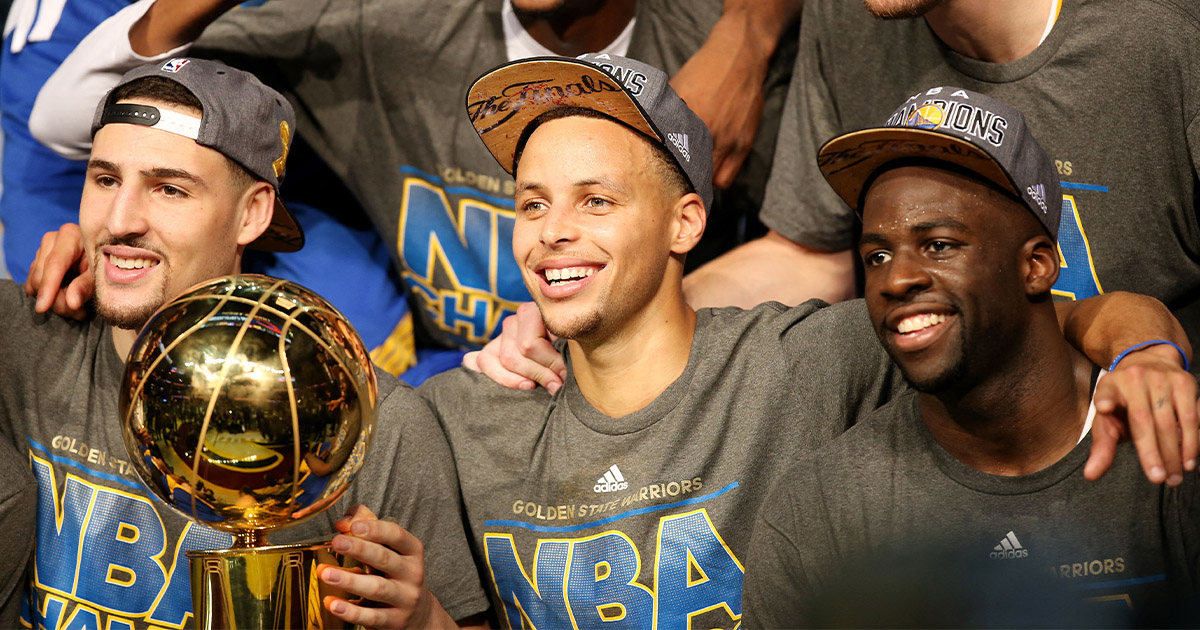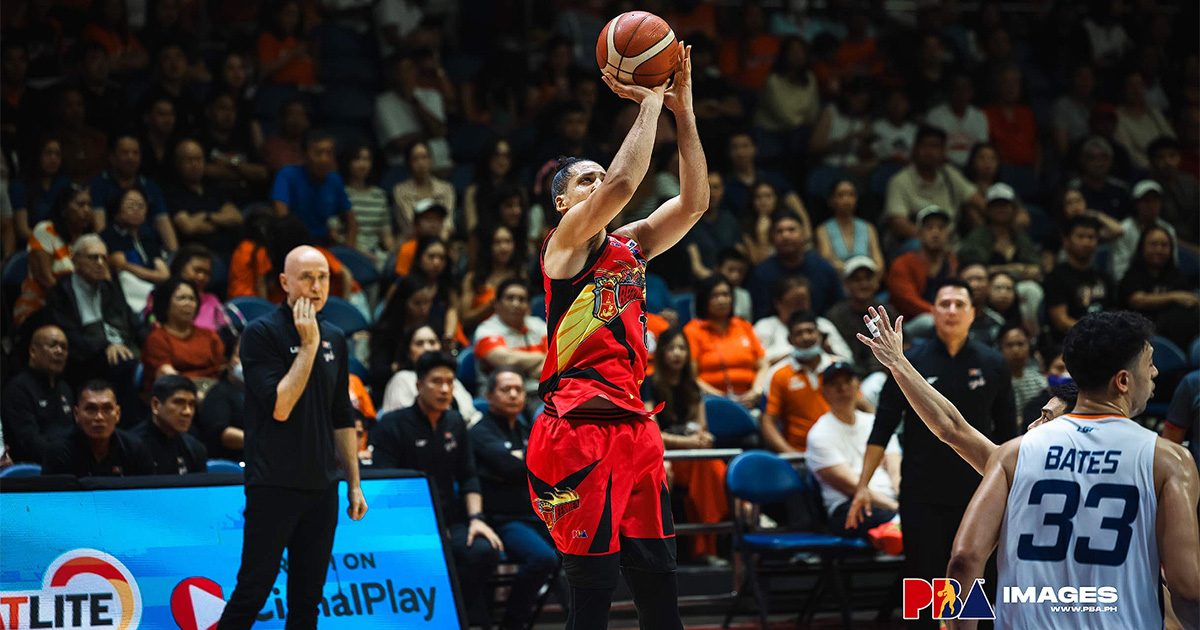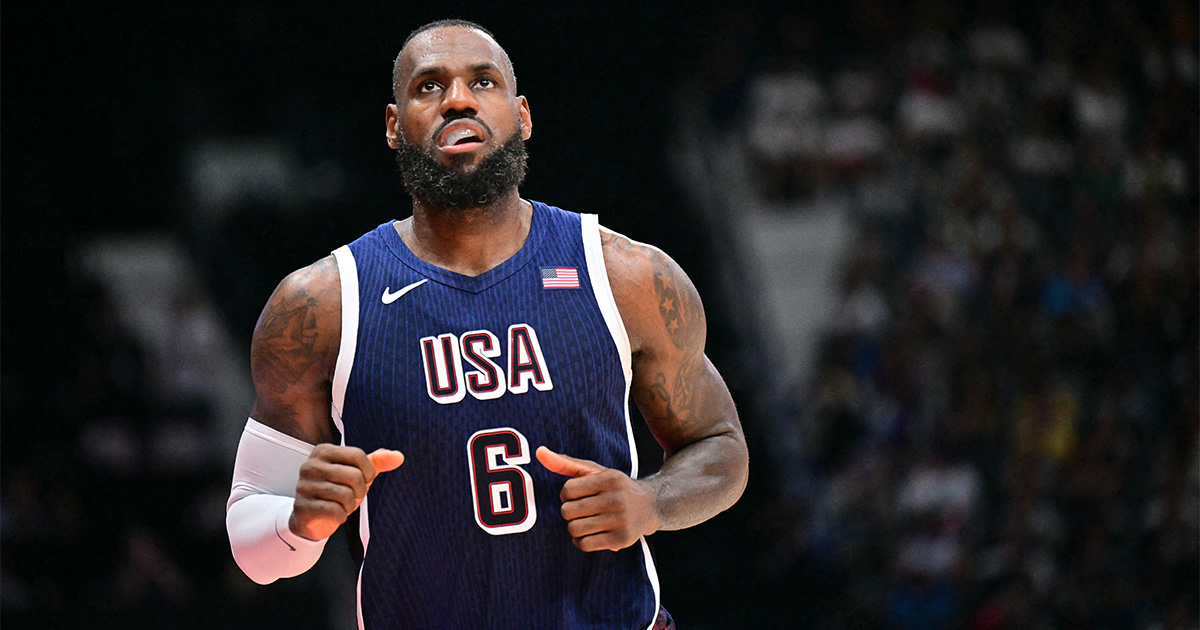The NBA has undergone rapid strategic transformations over the past few decades. Teams have moved away from a focus on dominating the paint to emphasizing three-point shooting, adopted more positionless basketball, and leveraged analytics to revolutionize decision-making. Tracing the strategic history of the NBA reveals how rule changes, analytics, and innovative coaches and general managers have combined to produce big strategic shifts.
The Early Strokes: Dominance Through Size and Physicality (1950s-1970s)
- The Birth of the Run-and-Gun: Bill Russell’s Boston Celtics of the 1950s and 60s laid the foundation with their legendary fast break, leveraging athleticism and quick transitions to overwhelm opponents.
- Post Play Prowess: Centers like Wilt Chamberlain and Kareem Abdul-Jabbar reigned supreme, utilizing their size and skill to bully their way to the basket. Strong post play was a core offensive strategy.
- Physicality Took Center Stage: This era was known for its intense physicality, with hard fouls and tight defense commonplace. Defense often trumped offense, making games lower-scoring and more focused on individual dominance.
The Changing Palette: The Introduction of the Three-Pointer and the Rise of Perimeter Shooting (1980s-1990s)
- The Three-Point Revolution: The introduction of the three-pointer in 1979 opened up the court, encouraging teams to space the floor and prioritize perimeter shooting. Teams like the Larry Bird-led Boston Celtics embraced the new weapon, strategically spacing their big men to create open three-point opportunities.
- The Rise of the Point Guard: Magic Johnson and Isiah Thomas ushered in a new era of ball-handling wizardry, orchestrating offenses with dazzling passing and creating scoring opportunities for themselves and their teammates.
- Pace and Spacing: Games began to increase in tempo, with teams focusing on ball movement, quick passes, and exploiting mismatches through screen-and-rolls. Defense adapted with zone defenses and switching assignments to combat the increasing offensive firepower.

The Modern Masterpiece: The Age of Analytics and Positionless Basketball (2000s-Present)
- Moneyball Takes the Court: Statistical analysis and advanced metrics started influencing strategic decisions, with teams optimizing lineups based on matchups and player efficiency. The Golden State Warriors dynasty under Steve Kerr perfected this approach, building a team based on spacing, shooting, and ball movement.
- The Death of Positions: Traditional roles like point guard, shooting guard, and center began to blur, with players like LeBron James and Giannis Antetokounmpo displaying versatility and dominating from multiple positions. Teams adopted “positionless basketball,” prioritizing skill sets over labels.
- Small Ball Takes Over: In a bid to exploit mismatches and maximize spacing, teams started shrinking their lineups, replacing traditional centers with smaller, mobile players who could shoot and defend multiple positions. The Golden State Warriors’ “Death Lineup” epitomized this strategy, leading to multiple championships.
The Jordan Era: Hero Ball and the Triangle Offense
The 1980s and 1990s in the NBA centered around transcendent talents like Magic Johnson, Larry Bird, and Michael Jordan. Game plans often focused on getting the ball to these stars in positions where their one-on-one skills could take over.
The Chicago Bulls teams led by Michael Jordan operated an offensive system known as the “Triangle Offense”, a read-and-react system with crisp ball movement, cutting, and spacing. However, late in close games the common strategy was “Hero Ball”, giving the ball to Jordan and clearing out to leave him in isolated one-on-one situations. While often successful due to Jordan’s brilliance, it reduced strategic depth compared to the free-flowing Triangle earlier in games.
The Slow Pace and Paint Era
During the 90s and early 2000s, games were played at a very slow pace. In the 1999-2000 season for example, the average team had just 90.1 possessions per game. With such few possessions, the focus was on trying to score efficiently. This meant pounding the ball inside to dominant big men like Shaquille O’Neal, Hakeem Olajuwon, David Robinson and Patrick Ewing.Having a top center who could overpower opponents down low was a prerequisite for contending.
The game plan was simple – dump the ball inside, avoid risky passes that could lead to transition opportunities for the opposing team if turned over, and crash the offensive boards hard for second chance points after missed shots. While there were standout teams who managed to find success with unconventional strategies, most tried to emulate the plodding play of teams like the Riley-era Knicks.
The Rule Changes
A series of critical rule changes began speeding up the game and forcing teams to diversify their attacks. In 2001, existing rules banning zone defenses were scrapped. This reduced the effectiveness of dumping the ball to a dominant center, as defenses could now swarm the paint without being forced to stick to individual matchups.
In 2004, hand-checking rules were overhauled to allow more freedom of movement for perimeter players. This unlocked small, quick guards to begin breaking down defenses off the dribble. And in 2005, defensive three second violation rules reduced the ability for defenses to camp out around the rim, forcing defenders to have to come out and guard all the way to the three-point line or risk giving up free points.
Seven Seconds or Less
The Phoenix Suns, led by innovative coach Mike D’Antoni, were the first team to realize the full implications of the rule changes. They played at a breakneck pace, averaged over 110 points per game, and took over 20 threes a game – dramatically higher than the league average at the time. Their “Seven Seconds or Less” offense flew up and down the court for quick shots before the defense could get set.
Other teams like the Warriors and Rockets soon followed Phoenix’s lead, embracing the faster pace, shooting more threes, and running aggressive pick and rolls rather than simply dumping to a traditional center. Positions became far more flexible – players were now evaluated on their overall skillsets rather than rigid positions. The Suns may never have won a championship, but their stylistic influence dramatically reshaped NBA strategy for years to come.
Analytics Revolution
Advances in analytics have also had seismic strategic implications over the past 15 years. The book (and later movie) Moneyball captured baseball’s analytics revolution in the early 2000s. The NBA soon followed.The Rockets were again at the forefront. Daryl Morey, a MIT Sloan analytics conference co-founder, became their GM in 2007 and quickly began building rosters and strategies based far more heavily on data and analytics rather than conventional wisdom. In 2012, they set the NBA record for most three point attempts in a season – overtaking the previous mark set by the Suns from just five years prior.Analytics revealed that while midrange jumpshots might appear impressive, they are very inefficient compared to shots at the rim and beyond the arc.

Teams like the Warriors and Rockets pushed this revolution even further in recent years, with superstars like Steph Curry and James Harden launching three pointers at unprecedented, staggering volumes.In 2016, another MIT Sloan analytics expert, Sam Hinkie, made waves in Philadelphia with a radical team construction strategy dubbed “The Process”. Rather than try to compete at the time, he systematically traded away most veterans in favor of stockpiling draft picks and young prospects. After a few dismal seasons, this strategy resulted in star talents like Joel Embiid and Ben Simmons, setting up the 76ers for long-term contention. While controversial at the time, Hinkie’s willingness to challenge conventional wisdom has since spread throughout the league.
Positionless Basketball
As the three point shot has taken over as the predominant way to create space in the modern NBA, the traditional alignment of point guard, shooting guard, small forward, power forward and center has gradually faded in relevance. Coaches today often prefer lineups with five interchangeable players who can handle the ball, shoot, and switch between defending multiple positions. Superstars like LeBron James demonstrate this evolution perfectly – towering physical specimens with the ball handling skills of guards, the vision and playmaking of point guards, and the shooting range to space the floor all the way out to 30 feet. Players are now assessed more straightforwardly on their overall basketball skillsets rather than trying to cram their talents into rigid positional boxes.
In addition, big men like Nikola Jokic, Joel Embiid and Kristaps Porzingis have also shown what can happen when the tallest player on the court is able to playmake and shoot from distance. That opens up things for everyone else on the court.
The Pace and Space Era
Today’s NBA has fully embraced speed, shooting, skill and versatility over old norms of pounding the ball inside or midrange hero ball. The game still continuous to get faster, more spread out, and more three-point oriented with each passing season.
For example, the Boston Celtics are taking more than 40 three-point attempts per game in the 2023-24 season. Small ball lineups with five players all able to shoot, handle, pass and switch assignments on defense have become commonplace. Offenses emphasize hunting efficient shots early in the shot clock, whether directly from deep or attacking closeouts to penetrate inside before the defense gets set. Big men who can’t shoot threes or keep up in open space are gradually getting played off the court in favor of wingspan, shooting and mobility.
Where Next?
The NBA evolves so rapidly that it is anyone’s guess as to what strategic transformations may shake up the game in the years ahead. Perhaps an optimization of midrange shooting through analytics will bring back elements of Hero Ball and elimination of the corner three will reduce current incentives to shoot as many threes as possible regardless of quality. But for now, shoot more threes, attack faster, emphasize versatile skillsets, leverage analytics, and adapt quickly are the name of the game. It is an exciting strategic evolution to continue watching unfold.
















